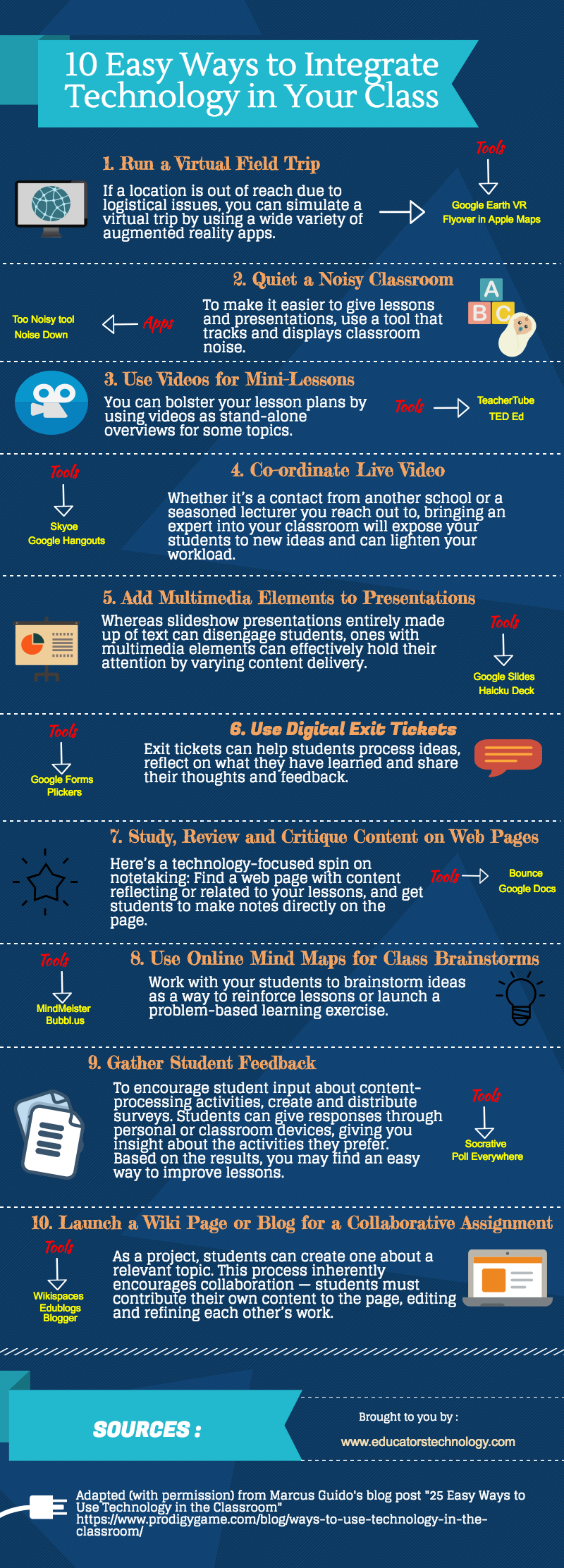https://www.ecampusnews.com/curriculum/apps-include-online-learning/?ps=pmiltenoff@stcloudstate.edu-00130000013Si4S-0033000001DJUCL
From attending class to talking with peers and professors, and from going to the local bookstore to having everything on a laptop in a dorm room, students on campus typically have a more “organic” learning experience than an online student who may not know how to best access these features of a higher education in an entirely mobile setting.
The essentials for getting started
Computer terms (Android) (Apple): Online learning means you’ll need to know basic computer technology terms. Both apps are free and break down terms ranging from words like “cache” to “hex code,” all in layman’s language.
Mint (Android) (Apple): Online learning students are usually financially savvy, looking for less expensive alternatives to traditional four-year tuition. This app allows students to keep careful track of personal finances and spending.
Study Tracker (Android) (Apple): These paid apps help track the time spent on courses, tasks and projects to help online students better manage their time and be able to visualize unique study patterns with the aim of ultimately improving efficiency.
Wi-Fi Finder (Android) (Apple): It’s a no-brainer: If you’re learning online and on-the-go, you’ll probably need to find a connection!
To access actual courses (LMS)
Blackboard Mobile (Android) (Apple): Access all courses that are integrated with Blackboard’s LMS.
Canvas (Android) (Apple). Access all courses integrated with Canvas by Instructure.
Moodle (Android) (Apple): Access all courses integrated with this open-source learning platform.
My note: No D2L in this list, folks; choose carefully in 2018, when MnSCU renews its D2L license
For access to files and remote annotation
Documents to Go (Android) (Apple): Students can access the full Microsoft Office suite, as well as edit and create new files without requiring a cloud app for syncing.
Dropbox (Android) (Apple): This app allows students to access any-size files from their computer anytime, anywhere. My Note: Google Drive, SCSU File space as alternatives.
iAnnotate (Android) (Apple): Read, edit and share PDFs, DOCs, PPTs, and image files.
Instapaper (Android) (Apple): Recall websites for research purposes; strip away clutter for an optimized view of content; and read anywhere, since no internet connection is needed.
Marvin (Apple): A completely customizable eBook reader that includes DRM-free books, customizable formats, layouts, and reading gestures, as well as highlighting and annotations tools. Considered one of the best replacements for the Stanza app, which is now discontinued.
Pocket (Android): An app that allows students to save websites, blog posts, videos, and other online resources to access at a later time. It also saves the information to the device, meaning no internet connection is needed.
Wolfram Alpha (Android) (Apple): Considered the scholar’s version of Google, this app is a search engine that reveals precise information for natural-language searches. For example, if you ask “What is the graduation rate for Harvard?” the engine will bring up exact numbers with citations and suggestions for similar queries.
For online communication with peers and profs
Dragon Dictation (Android) (Apple): Create text messages, social media posts, blog posts and more by using your voice (speech-to-text). According to the company, Dragon Dictation is up to five times faster than typing on the keyboard.
Evernote (Android) (Apple): Whenever you look at a list of education apps, Evernote is usually listed. This app allows students to scribble notes, capture text, send notes to computers and other users, and much more for ultimate multi-media communication.
Hangouts (Android) (Apple): Google’s social network shines for its own online video chat solution, which lets teachers, students and third-party experts easily videoconference in groups—it’s even been used to broadcast presenters live to packed auditoriums. My note: desktopsharing is THE most important part. Alternatives: SCSU subscription for Adobe Connect. Skype also has desktopsharing capabilities
Quora (Android) (Apple): Ask questions to experts including astronauts, police officers, lawyers, and much more to receive industry-insider responses.
Smartsheet (Android) (Apple): An app that allows students to create task lists and assign deadlines to share with remote group/team members.
Tom’s planner (Web): A Gantt chart-based, online planning tool that uses color-coded charts to reveal work completed and many more features for project management.



Dr. Vijayender Nalla Rafiat A. I am visiting back to your post to share the insights from engaging students in an e-learning mode. You can review the post here:
https://www.linkedin.com/pulse/live-learning-ice-breaker-engaging-e-learners-dr-vijayender-nalla
While there has been significant attention to improving the key technology (that is the Learning Management Systems) the critical instructional design part (which forms the essence of creating the engagement) is in it’s early stages. Instructional design, the way we at Agribusiness Academy understand is made up of 2-elements: 1) quality of content (the storytelling style is what seems to work which should form the core focus area for the content expert to master); and 2) the manner in which this content is delivered (to the learner) to fulfill the learning objectives .
Live Learning initiative